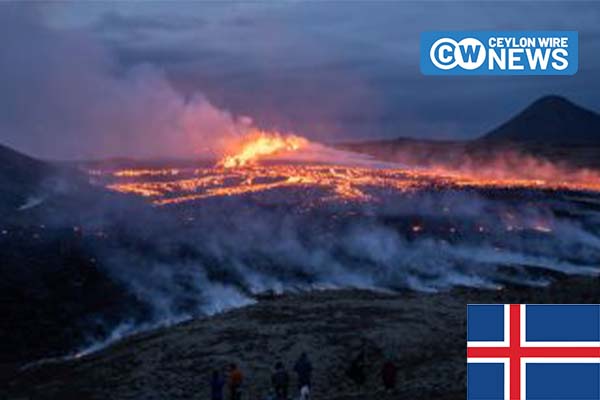Iceland has officially declared a state of emergency following a series of earthquakes, prompting concerns of an imminent volcanic eruption. Authorities have issued evacuation orders overnight for thousands residing in the southwestern town of Grindavík as a precautionary measure.
The Icelandic Meteorological Office (IMO) has raised alarms, citing a substantial risk of an eruption on or near the Reykjanes peninsula. The probability of an eruption has intensified since the morning, according to the IMO, and an eruption could occur within the next few days.
In recent weeks, thousands of tremors have been recorded around the nearby Fagradalsfjall volcano, primarily concentrated in Iceland’s Reykjanes Peninsula, which had remained dormant to volcanic activity for 800 years until a 2021 eruption.
The IMO’s Saturday statement highlighted a magma tunnel extending northeast across Grindavik and approximately 10km (six miles) further inland. The tunnel’s depth was estimated at less than 800 meters, compared to 1,500 meters earlier in the day.
Due to increased seismic activity, the nearby Blue Lagoon landmark was closed on Thursday. Over 20,000 tremors have been recorded in southwest Iceland since late October.
Iceland’s Civil Protection Agency announced the evacuation decision, expressing concerns about a potential magma tunnel reaching Grindavík. While emphasizing it was not an “emergency evacuation,” the agency called for calm, assuring residents there was no immediate imminent danger and that the evacuation was primarily preventive.
All roads into the town, housing around 4,000 people, are closed, with exceptions for emergencies to ensure smooth traffic flow. Iceland, known for its high geothermal activity, hosts around 30 active volcanic sites. The recent seismic activity follows eruptions in 2021, 2022, and 2023, reviving the Fagradalsfjall area after eight centuries of dormancy.









